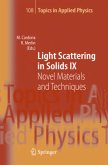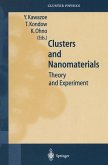Klaus von Klitzing Max-Planck-Institut fur ¨ Festk¨ orperforschung, Heisenbergstraße 1, 70569 Stuttgart, Germany Already many Cassandras have prematurely announced the end of the silicon roadmap and yet, conventional semiconductor-based transistors have been continuously shrinking at a pace which has brought us to nowadays cheap and powerful microelectronics. However it is clear that the traditional scaling laws cannot be applied if unwanted tunnel phenomena or ballistic transport dominate the device properties. It is generally expected, that a combination of silicon CMOS devices with molecular structure will dominate the ?eld of nanoelectronics in 20 years. The visionary ideas of atomic- or molecular-scale electronics already date back thirty years but only recently advanced nanotechnology, including e.g. scanning tunneling methods and mechanically controllable break junctions, have enabled to make distinct progress in this direction. On the level of f- damentalresearch,stateofthearttechniquesallowtomanipulate,imageand probechargetransportthroughuni-molecularsystemsinanincreasinglyc- trolled way. Hence, molecular electronics is reaching a stage of trustable and reproducible experiments. This has lead to a variety of physical and chemical phenomena recently observed for charge currents owing through molecular junctions, posing new challenges to theory. As a result a still increasing n- ber of open questions determines the future agenda in this ?eld.








